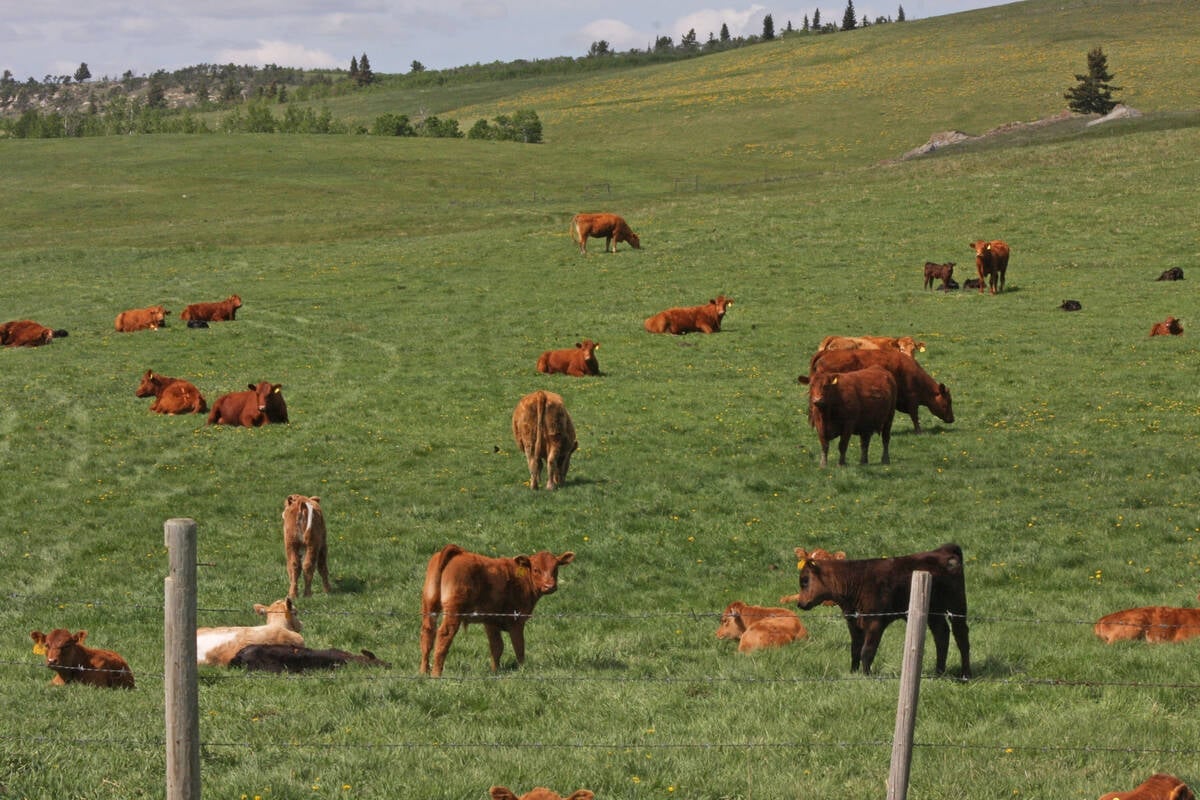Looking for a short break at this busy time? Grab your camera, hit the road and capture the wonders of spring.
Wildflowers are emerging, wildlife is active and outstanding numbers of birds are ready to party in their finest mating plumage. If you like wildlife photo safaris, spring on the Prairies is hard to beat.
Avid birdwatchers and photographers from other parts of the country may travel a long way to be here in spring. We prairie folk just have to take a short drive down the road.
Read Also

Livestock leads Canada’s farm economic outlook
Forecasts by a major Canadian farm lender featured good and bad news on the financial health of both farmers and Canadians at large.
We like to cruise along backloads lined with potholes and wetlands. Ducks, geese and other waterfowl are easiest to find, but there might be shorebirds, songbirds, hawks sitting on posts, foxes playing next to dens and other surprises.
An effective way to photograph is from inside your vehicle because it’s almost like having a portable blind. As long as you stay inside and don’t make noise or sudden moves, wildlife largely ignores you.
A telephoto lens helps with wildlife, especially birds. We use a bean bag over the open car window to provide a base to keep the camera steady.
Most fun is photographing colourful antics during spring mating season. The guys go all out to catch the gals’ eyes and put on some dramatic displays.
One of the easier ones to photograph is the male ruddy duck, which uses bubbles as part of his act. He pumps his sky-blue bill up and down, whacking it against his thick neck. This makes a drumming sound and creates some impressive bubbles in the water. He finishes off by belching. What female could possibly resist?
More challenging to photograph is the lightning-speed antics of bufflehead ducks. Couples or competing males half-run and half-fly across the surface of the water, making a big fuss with plenty of splashing.
A more elegant ritual is performed by American avocets. The best place to find them and other shorebirds is on the edge of shallow wetlands with muddy shores.
When a couple mates, they often do a quick circular pirouette dance, sometimes crossing bills while one wraps a wing around the other. Fortunately, avocets are less skittish than many birds, so it’s possible to get remarkably close if you stay in your vehicle.
The key to wildlife photography is to be ready because things happen quickly. Critters don’t wait patiently while we change lenses or fiddle with camera settings.
We usually travel with a telephoto lens on the camera, set on aperture priority and the widest aperture setting (the smallest number). We set the ISO at 400 or higher in low light.
By letting in more light with a high ISO and wide aperture, the camera will fire at a higher shutter speed, increasing the chances of getting a sharp photo. If we suddenly come across wildlife, the camera is ready to grab and shoot.
For wildflowers, landscapes and other stationary subjects, there’s time to change lenses and settings and lower the ISO. A potential problem with high ISO is “noise,” where the photo might look grainy, so a lower setting is preferable when speed isn’t an issue.
Some fully automated cameras may limit how many setting changes you can make, but it’s still possible to take decent photos. The important thing is to get out and enjoy the springtime show.
For more information, visit our blog at www.photojourneys.ca.















